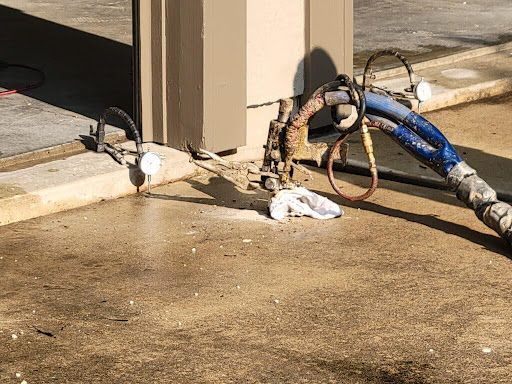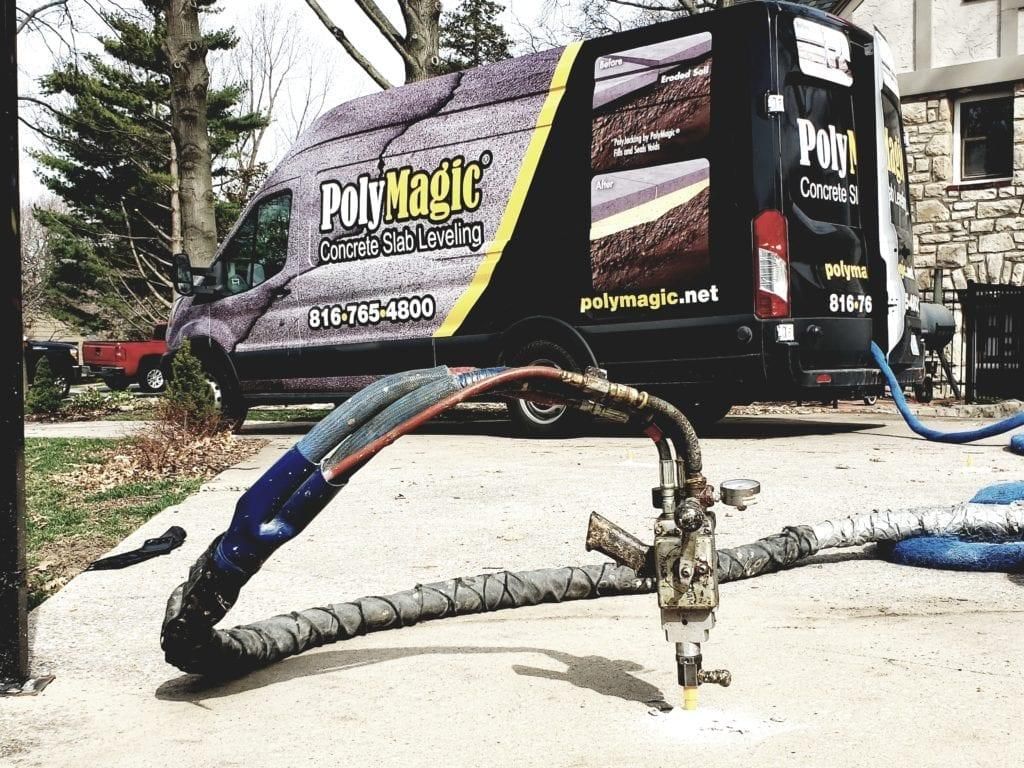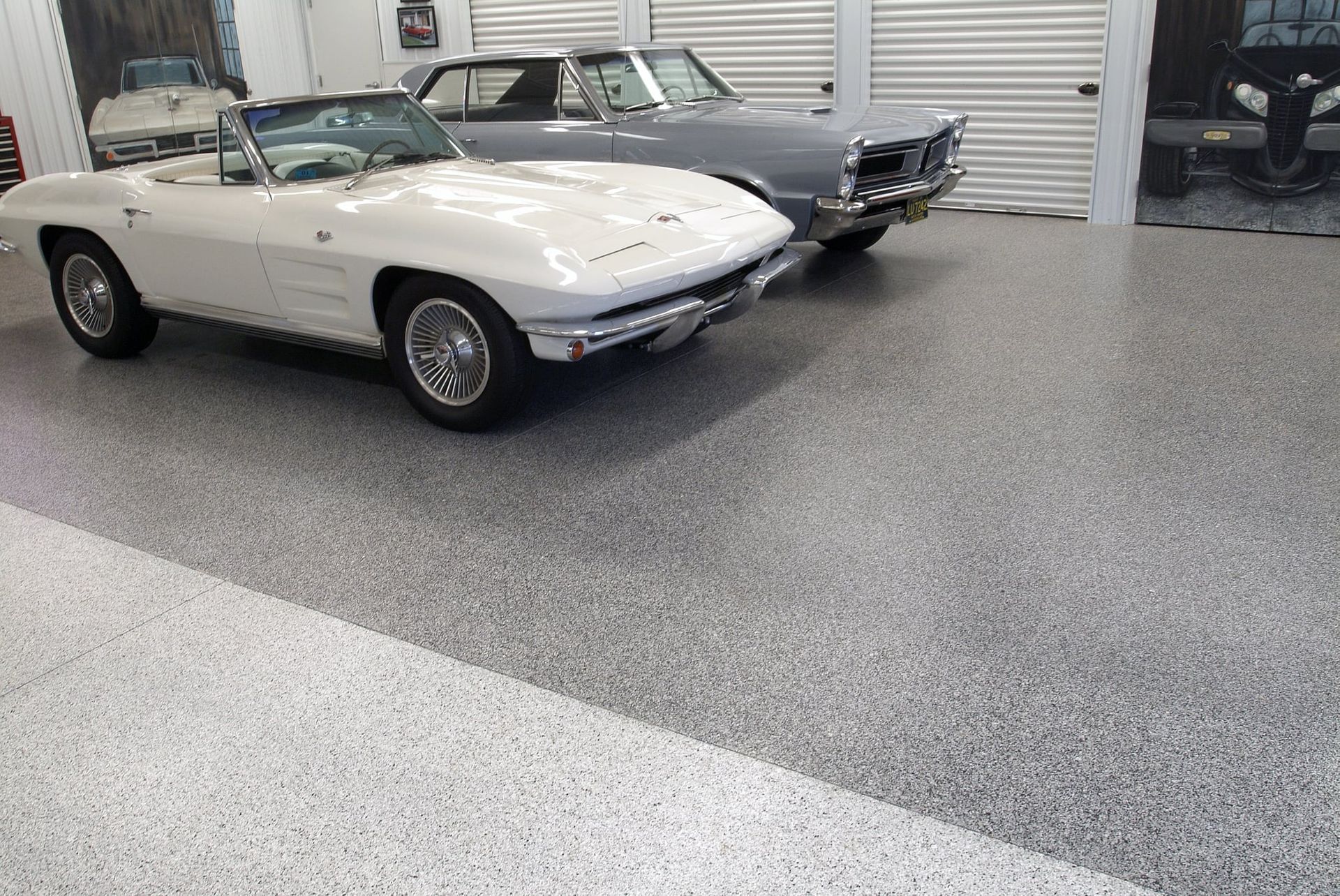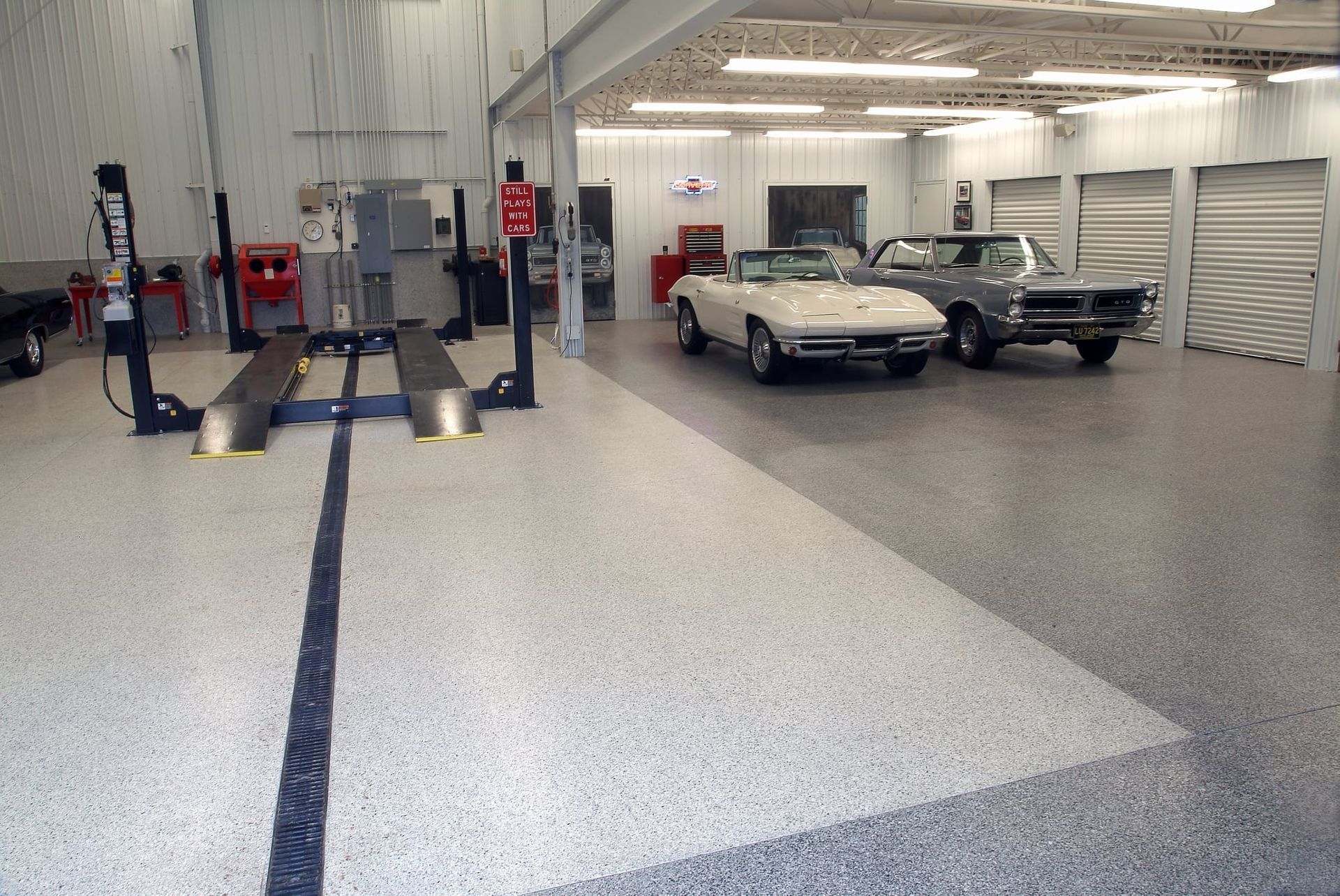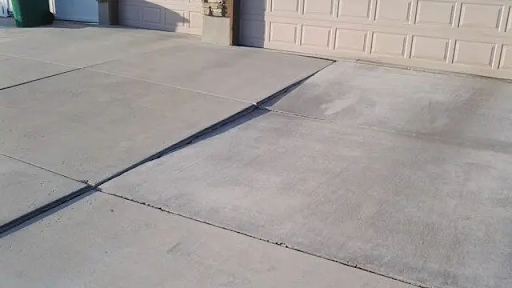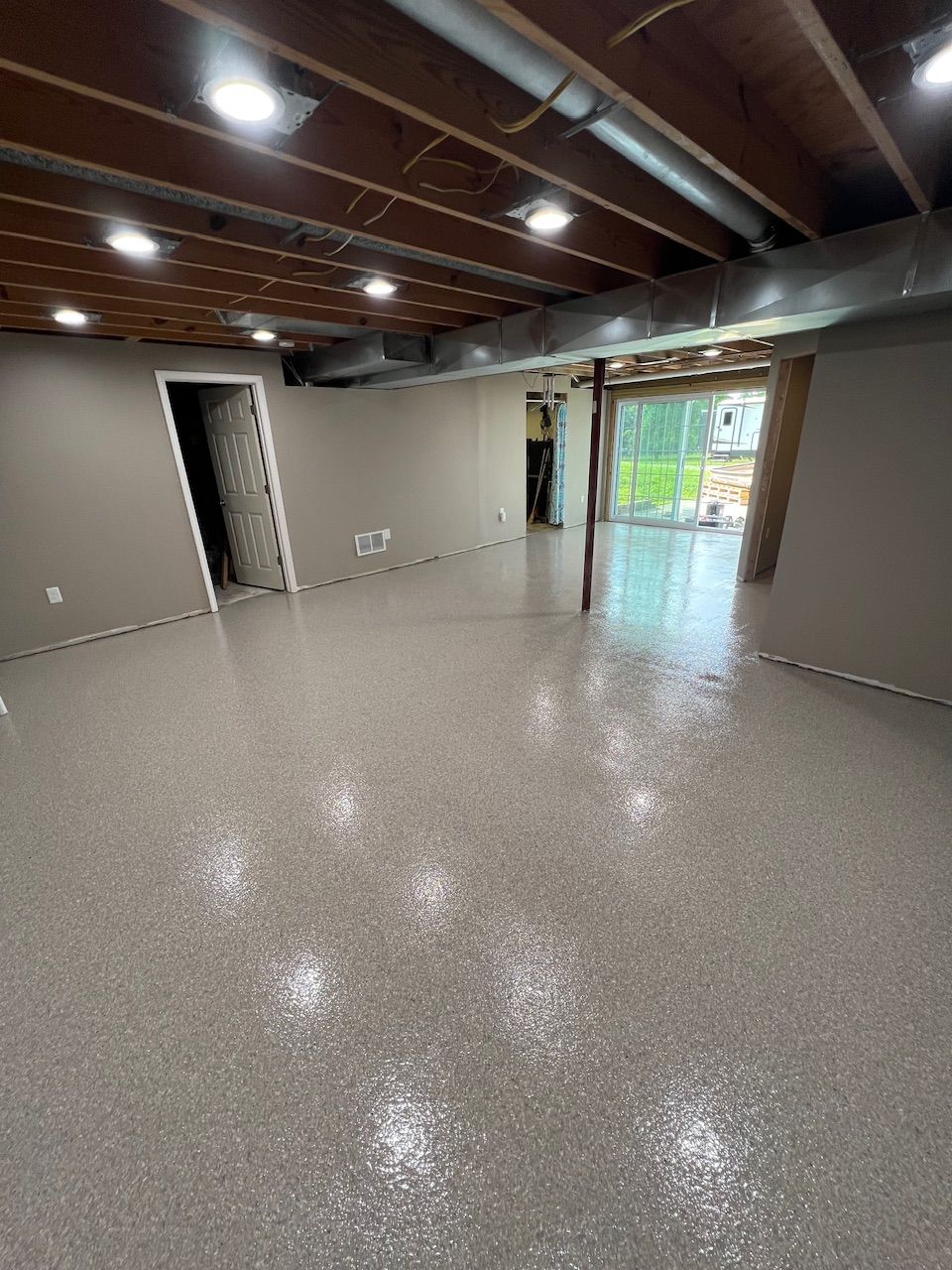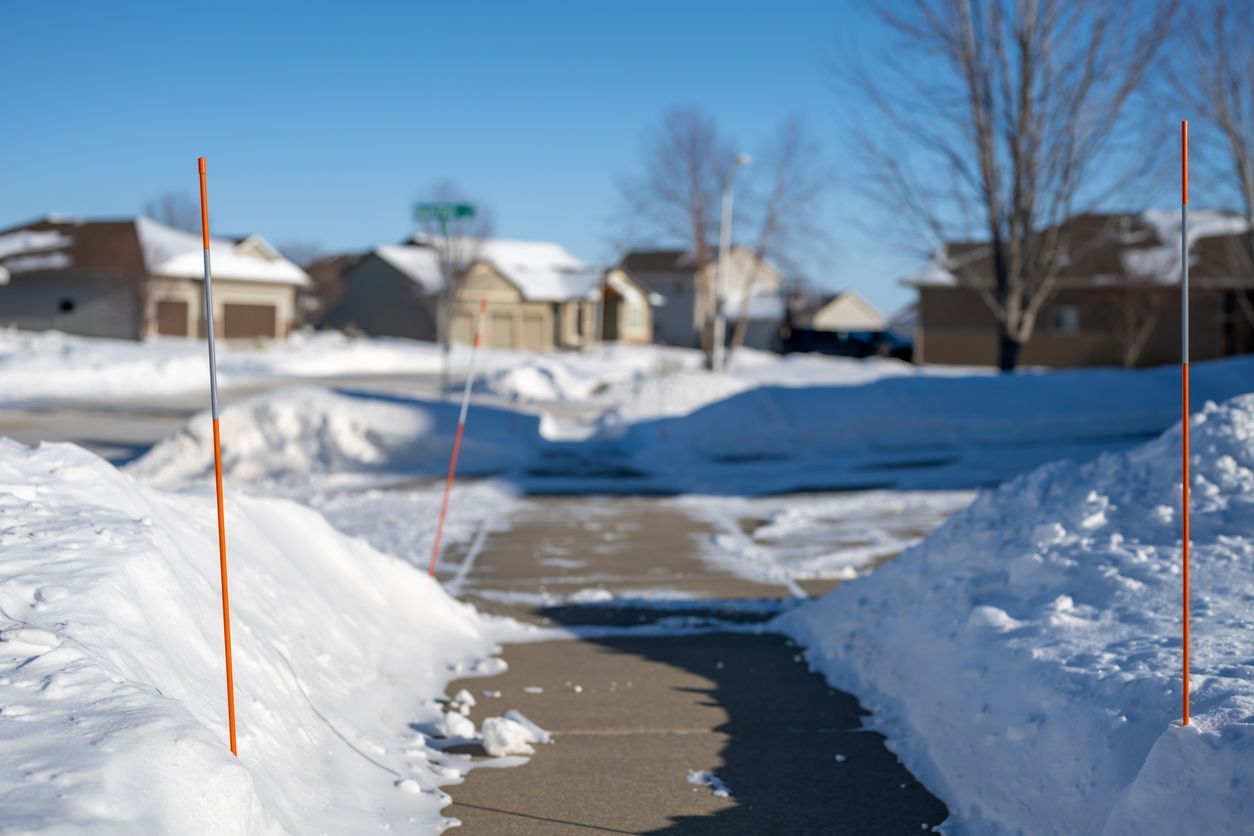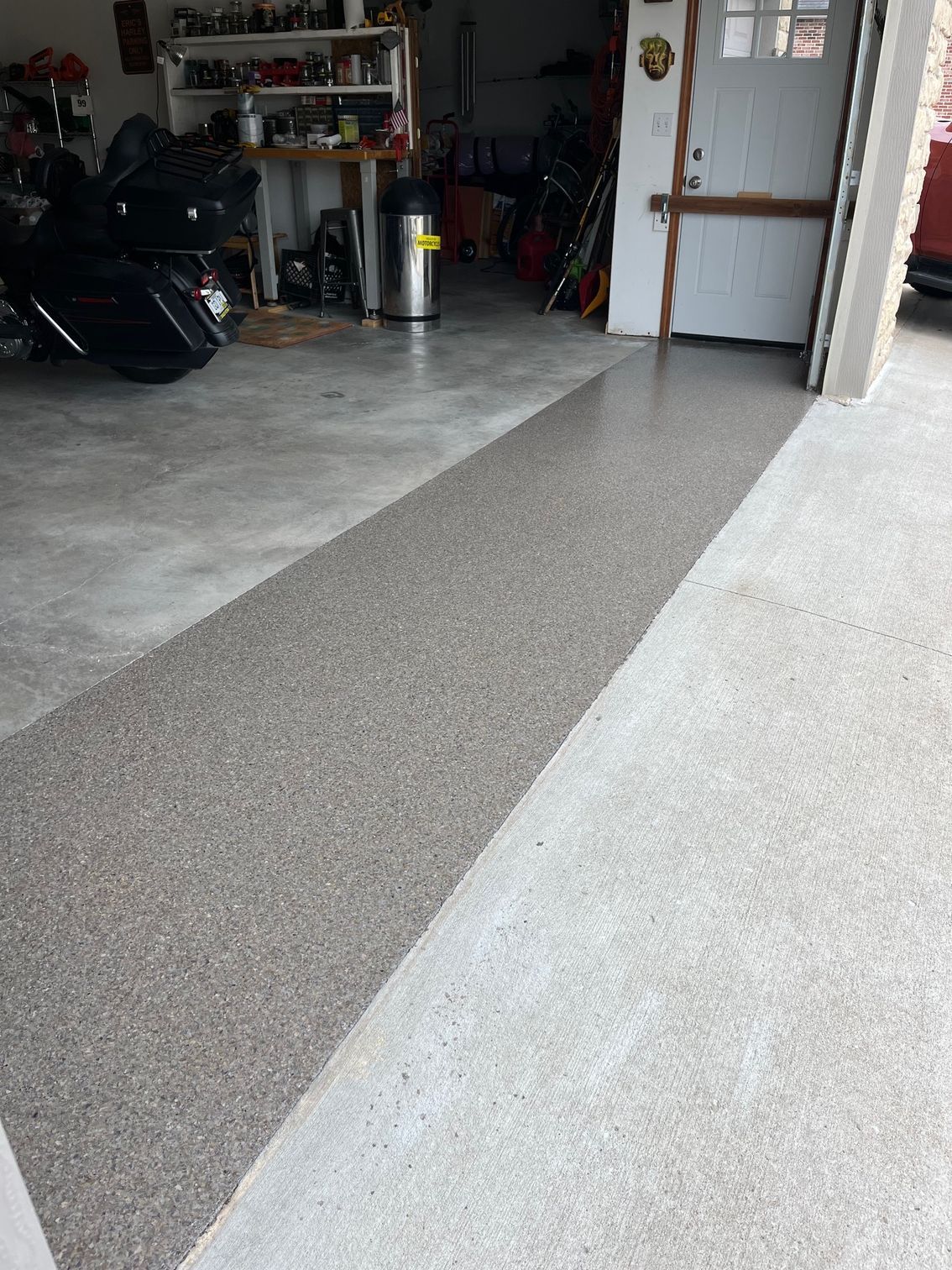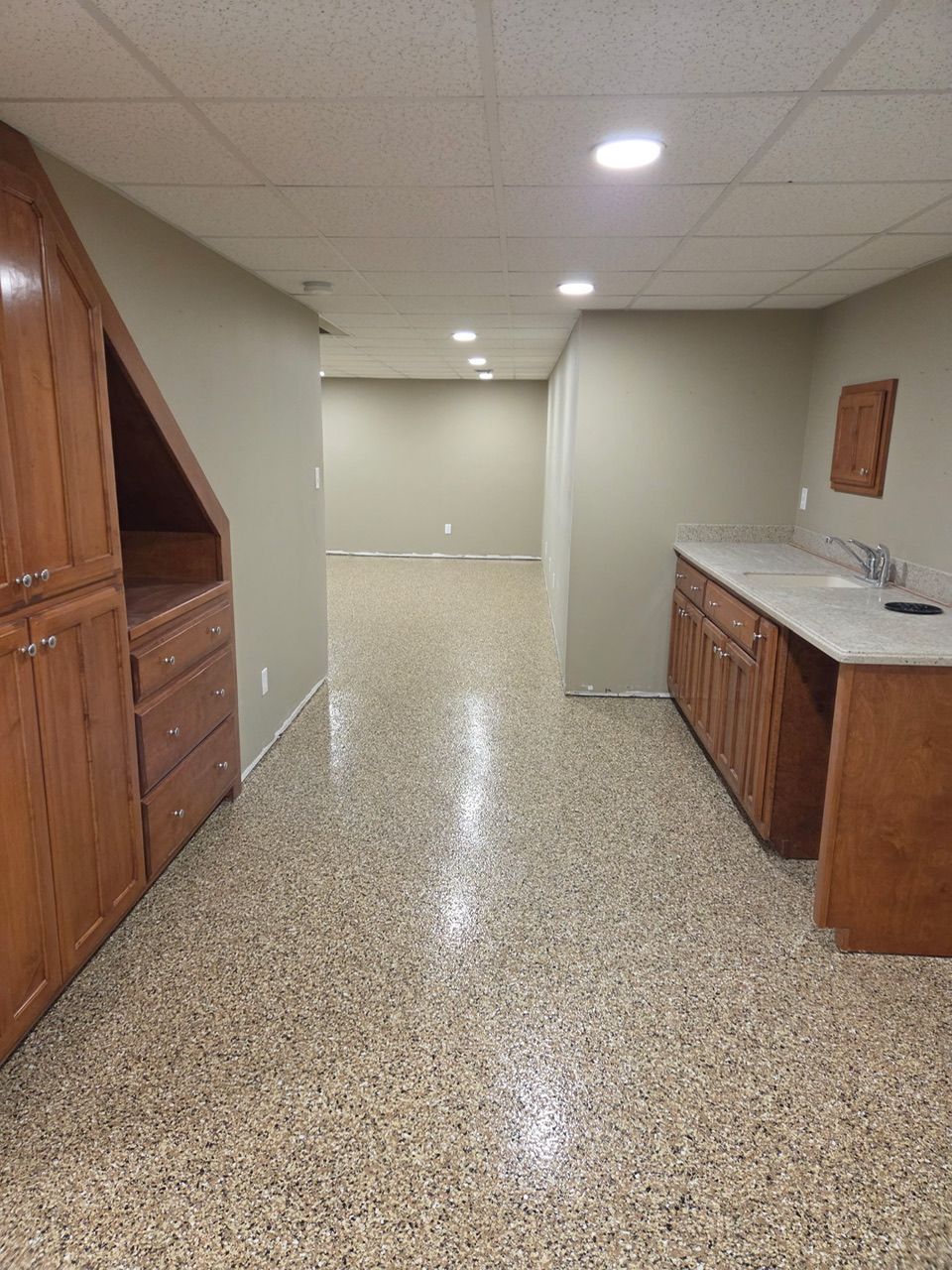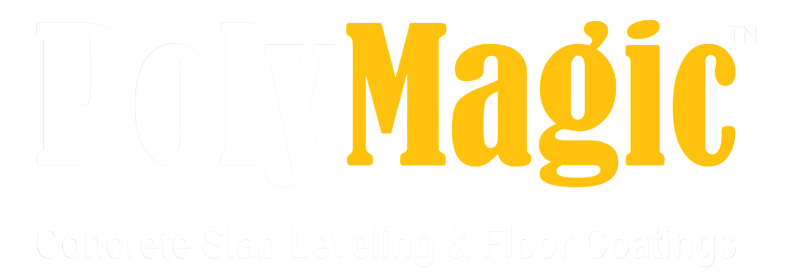3 SIGNS YOU NEED TO REPAIR AND LEVEL YOUR DRIVEWAY IN KANSAS CITY METRO & MID-MISSOURI
Concrete is a ubiquitous material in the construction industry globally, and it is used in both commercial and residential construction. Though it is known for its superior durability, versatility, and cost-effectiveness, it is not out of reach of wear and tear.
Over time, excessive weight and pressure from trucks and other heavy vehicles can develop cracks, uneven surfaces, crumbling concrete, and other damage on the driveway that requires quick attention. Concrete issues are even more vulnerable in Kansas City Metro and Mid-Missouri due to the climate changes during the year. So, it is important to recognize the early signs of concrete damage before things get worse.
This blog post will help you address the most common signs of concrete driveway damage, the corresponding reasons, and the effective repair techniques.

3 MAJOR SIGNS YOU NEED TO REPAIR AND LEVEL YOUR CONCRETE DRIVEWAY
Concrete driveways face various issues that impact their durability and appearance. Here are 3 major signs of concrete damage highlighting you need to go for quick repair or leveling your concrete right away:
1. SURFACE DISCOLORATION OR STAINS
Discoloration or appearing stains is one of the most common concrete issues found, which is mainly the rough color ranges on the surface. Sometimes it comes with dark spots, blotches, or streaks, which may occur in a single placement or sequential concrete placements.
In Kansas City Metro & Mid-Mo, cold winters with frequent use of deicing salts cause chemicals to leach into the concrete and result in staining.
REASONS FOR CONCRETE DISCOLORATION
Beyond just environmental impact, there are various other reasons behind concrete surface discolorations.
i) Inconsistent mixing: Concrete requires the perfect mixing ratios of water and cement, which typically range between 0.40 and 0.60. In case the ratio is not right, it can lead to uneven patches on the surface, which often influence its strength and durability.
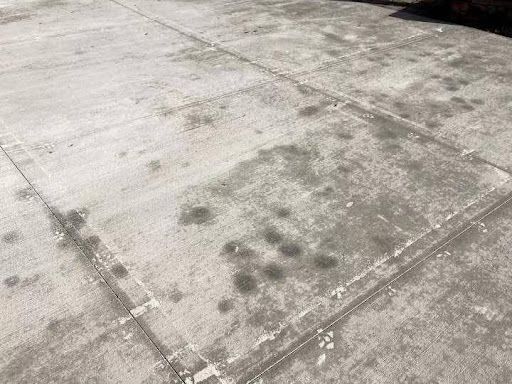
ii) Adding calcium chloride mixtures: Calcium chloride usage is likely the hydration process of the cement. It increases the risk of efflorescence and messes with the color.
iii) Inadequate curing: Proper curing is important to increase the potential of concrete durability. If you have stopped the curing process too soon or unevenly, it can result in areas that are undercured and lead to inconsistent color.
iv) Contaminants: The spills of oil or grease that occur in areas where vehicles are parked are the leading causes of concrete discoloration. These types of substances seep into the porous surface of concrete and may cause permanent staining.
HOW TO FIX:
Usually, the discoloration is on the concrete surface and can be removed by pressure cleaning. Apply high-pressure washing to clean up the mild staining. If the stain is caused by algae or mold, you can use bleach with the right amount of water to restore the surface’s original color.
Plus, various degreasers or cleaning agents are also helpful in this case. Most in Kansas City choose to refresh or seal the concrete to prevent discoloration further, along with other premature damage like minor cracks and blemishes.
2. CRACKS AND POTHOLES ACROSS THE SURFACE
Let’s continue on #2 of 3 Signs You Need to Repair and Level Your Driveway, a common sign of the concrete’s age is the cracks and potholes that only occur due to the freeze-thaw cycle. Water seeps into the concrete and expands during the extreme low temperatures.
This repeated expansion and contraction leads to unexpected cracks and flakes in the concrete. Growing cracks highly affect the concrete’s structural integrity as well as your home’s water drainage issues. Cracks appear as single, fine marks on the surface, while potholes are bowl-shaped depressions or holes usually formed in the concrete pavement.
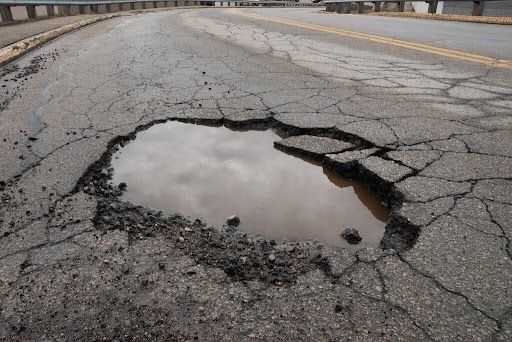
REASONS FOR CONCRETE CRACKS AND POTHOLES
Continuing on the 3 Signs You Need to Repair and Level Your Driveway, here we have listed some leading causes for concrete cracks and potholes in the concrete surface:
i) Soil conditions: Soils, especially clay soils, expand in wet weather and contract in dry weather. This constant change creates empty spaces under the concrete and results in concrete cracks. Sometimes, soil erosion weakens the ground beneath the concrete and causes further damage.
ii) Incorrect installation: Cracked concrete sometimes results from poor workmanship. If your contractor didn’t install your slabs properly or due to mistakes in mixing or pouring concrete, it leads to damage over time. Thus, it is always recommended to contact a professional concrete contractor in Kansas City Metro & Mid-Mo, which you will find in PolyMagic to ensure quality work and prevent future issues.
iii) Heavy loads: Sometimes excessive weight on the concrete from heavy traffic stresses the surface and leads to cracks or potholes.
HOW TO FIX:
If you are dealing with minor cracks like hairline cracks, store-bought sealants will be the effective fix for your concrete. You can fill the narrow cracks with a concrete sealant. However, for wide cracks that are over ¼ inch, it requires a proper repair process, such as filling the crack with a foam backer, and then you need to apply a concrete patch.
Or better, you can take a professional concrete service to grind them down and refill them to keep your driveway smooth and safe.
3. WATER POOLING AND DRAINAGE ISSUE
Water pooling causes poor drainage issues and is one of the leading concrete problems that lead to cracks, weakening, and eventual structural damage if you are not addressing them in time.
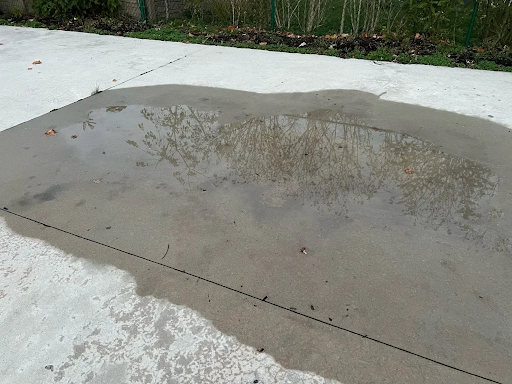
Typically, when the water from the rain or any other source is not drained properly, it can seep into the concrete, causing damage like cracks, weakening, and making sidewalks, driveways, and buildings unsafe to use.
CAUSES OF WATER POOLING IN DRIVEWAY
Here are some leading reasons for water pooling on concrete:
i) Improper grading: In case the water is not sloped correctly, water can’t flow off and ends up with collected water in certain areas.
ii) Existing damage: If there is already cracking and holes in your concrete driveway, water can easily seep through these openings and accumulate at the ends.
iii) Poor installation: If the concrete driveway is uneven or lumpy, water will settle in the low spots and cause pooling.
HOW TO FIX:
If your poor drainage system is causing the water to sit in the concrete, you need to take steps to fix the drainage issue. For instance, you can install a “French drain” or “Channel drain” as one of the effective driveway drainage solutions.
In most cases, you may need to extend downspouts from your gutters or cut a sloping channel on your driveway to improve drainage and redirect the water away from the low spots. If you are dealing with uneven or sunken concrete surfaces, which often cause water to pool, Polyjacking is a high-tech solution to choose from to level your concrete.
TIPS TO MAINTAIN YOUR CONCRETE DRIVEWAY TO INCREASE ITS LONGEVITY
Here are some effective tips you can follow to increase the service life of your concrete driveway, patio, or walkway:
- Be regular (at least once a year) to ensure the right cleaning of your concrete driveway. Use soap and water or a power washer to remove the grime and traces of fertilizer and oil from the concrete.
- If it is freezing and the snow or ice is running, use concrete-safe de-icing chemicals to melt the snow and ice and prevent severe damage.
- To ensure a longer cure, you can use a concrete sealer to prevent water penetration and make it easier to clean.
- If cracks or pothole holes appear, repair them immediately before things worsen.
Though your concrete driveway is well-designed and has considerable weight, it is still prone to damage from weather, heavy vehicles, and wear. Over time, this damage increases the safety concerns.
The water pooling or larger cracks in the concrete create tripping hazards, especially in wet conditions, and pose the risk of injury. So it is better to tackle actions immediately. You can contact our concrete expert to assess the damage and find the best solution for your concrete driveway.

